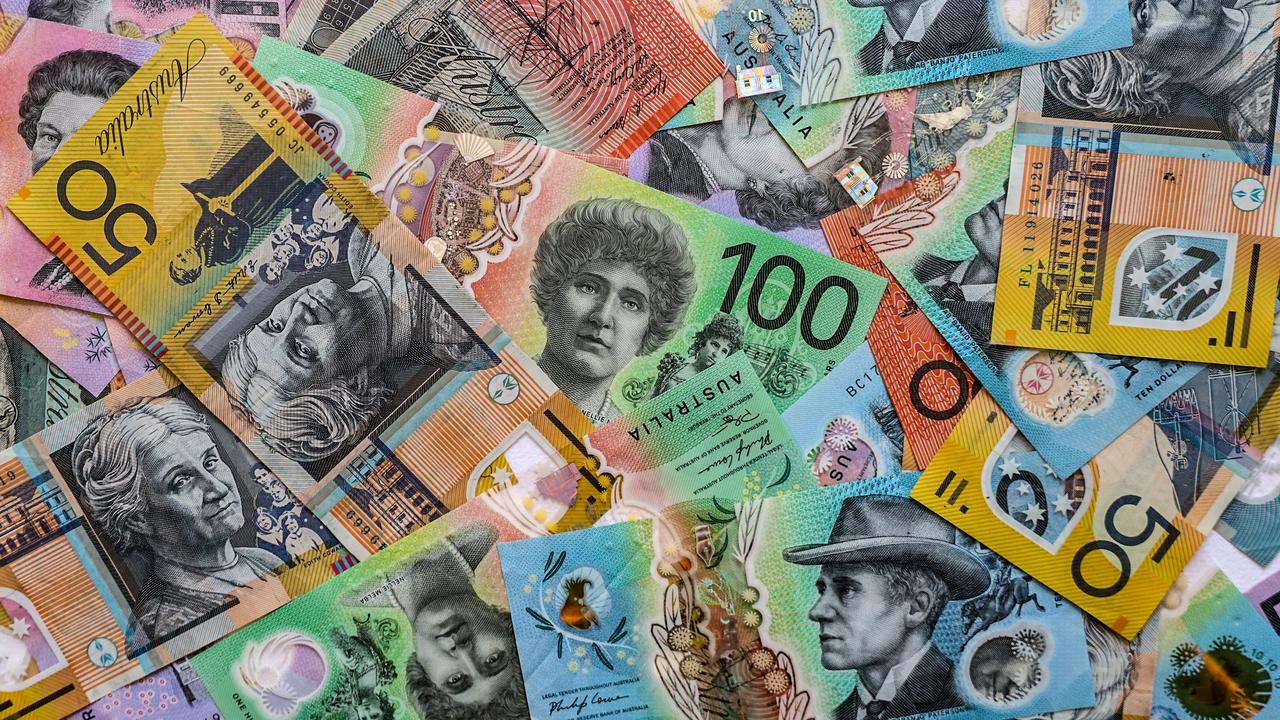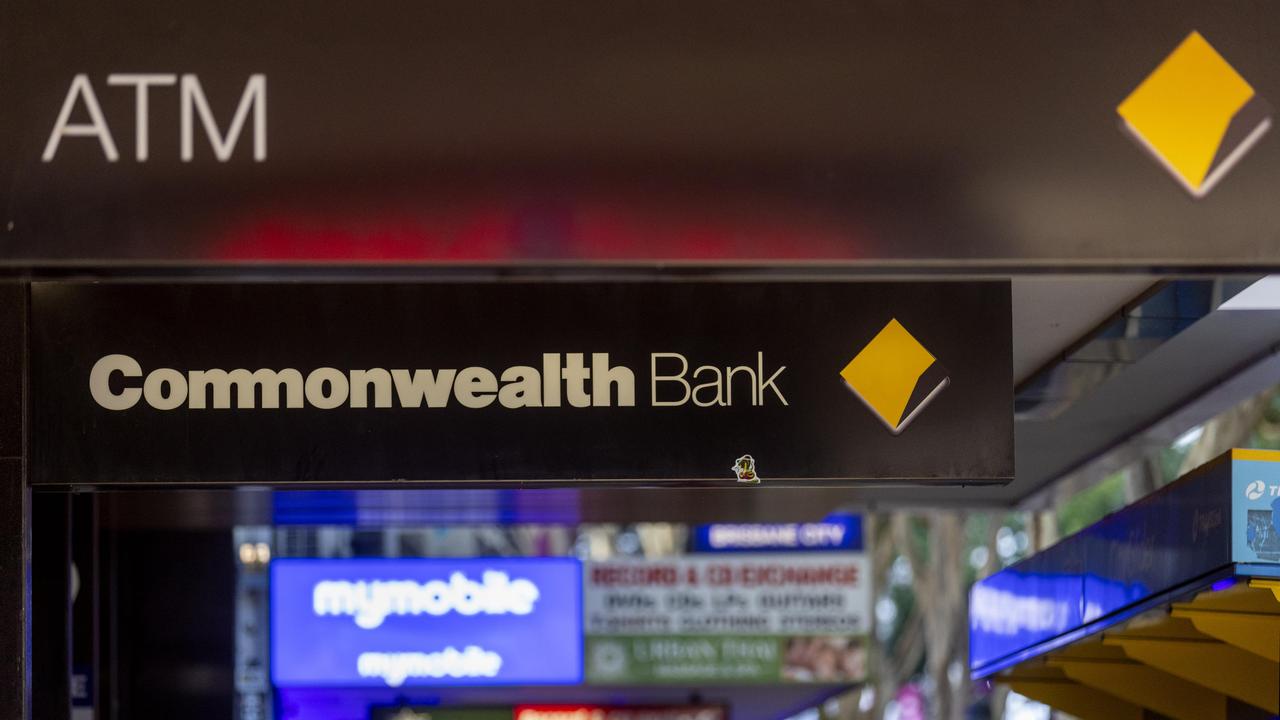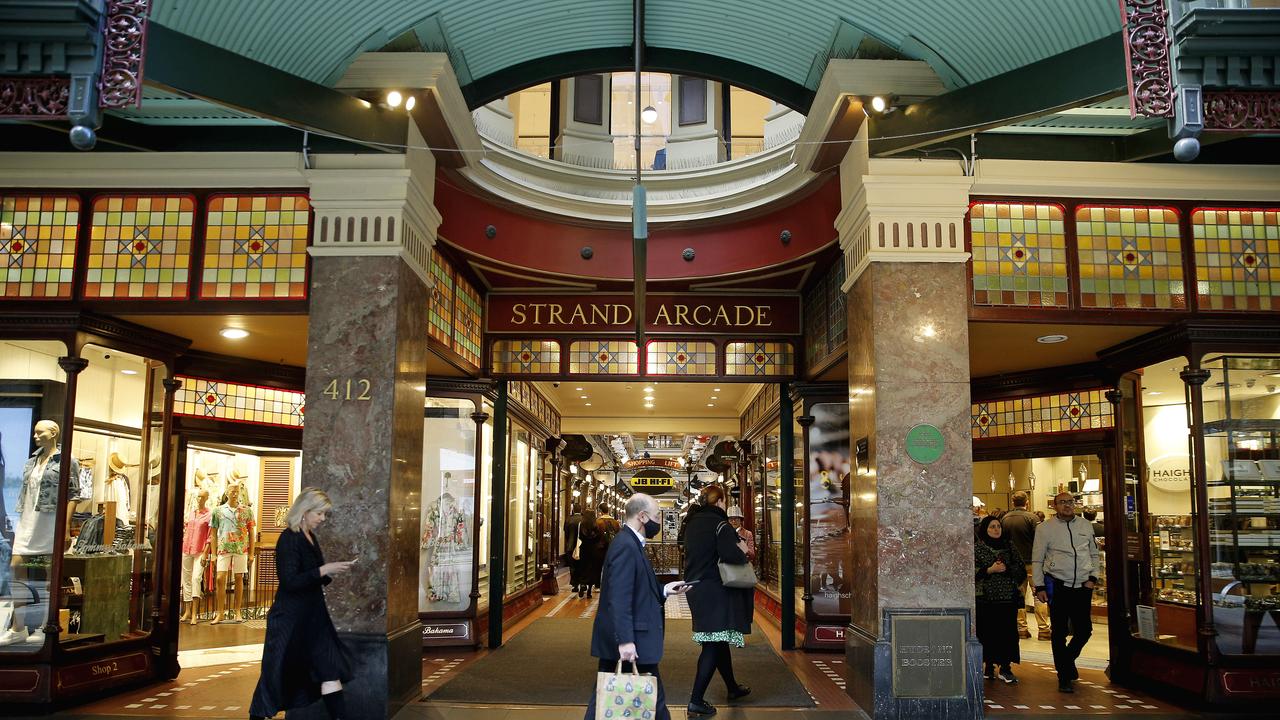‘Bracket creep’: Leading economist reveals how Australia will pay for $20bn budget blowout
The budget’s bottom line is forecast to blow out by more than $20bn, funded largely by bracket creep in the coming years, economist warn.

A surge in government spending is unlikely to impact when the RBA cuts rates, but Aussies will still feel the impact of increasing government spending through their taxes, an economist warns.
Wednesday’s Mid-Year Economic and Fiscal Outlook (MYEFO) updates Australia’s budget outlook and estimated the nation’s underlying cash deficit will be $26.9 billion in the current financial year, compared to the $28.3bn forecast at the time of the May budget.
While there is an improvement over the short-term, forward estimates have been revised down by $21.8bn over the next four years to 2027-28.
This will result in net debt at the end of that period increasing to 22.4 per cent of GDP, an increase of 0.5 per cent compared to what was forecast in the May Budget.
KPMG chief economist Brendan Rynne said the budget is being held together through bracket creep. Bracket creep occurs when inflation pushes an individual into a higher tax bracket, usually resulting in more tax paid without an increase in purchasing power.
“A more detailed look at the receipts side of the budget shows an increasing dependency on bracket creep to fund government spending, with just under 7 per cent average annual increases in personal income tax receipts over the four years to 2027/28, compared to total tax receipts of just under 5 per cent; noting that at least for the forecast period, wages growth is only forecast to rise by 3 per cent per annum,” Dr Rynne said.
According to the economist, this will lead to a decline in household disposable income, with a rate cut in the new year likely needed just to offset the increasing cost of bracket creep.

“From an expenditure perspective, the government is proposing to increase operating payments compared to what was proposed in the May 2024 budget by nearly $41 billion over the next 4 years,” Dr Rynne said.
“This translates into incremental spending of about $2 for every additional $1 earned by the Government; which is why the underlying cash balance has increased by nearly $22 billion compared to the May budget.”
Commonwealth Bank’s chief economist Stephen Halmarick said despite the budget blowout, it is unlikely to have an impact on the RBA’s next rate decision.
“Our base case remains for the RBA to commence an easing cycle in February 2025 and we look for 100bp of easing over 2025 that would take the cash rate to 3.35 per cent,” Mr Halmarick said in a statement following the release of the MYEFO.
He said the bank’s forecast comes as Wednesday’s MYEFO outlook shows estimated deficit remaining unchanged at 1.0 per cent in the 2024.2025 financial year before growing marginally higher to 1.6 per cent of GDP.
“That is, the additional fiscal policy easing embedded in the MYEFO is not large enough to have a meaningful impact on the broader economy, inflation and monetary policy,” Mr Halmarick said.
Deloitte Access Economics partner Stephen Smith said MYEFO shows the structural issues facing the budget that has previously been bailed out by windfalls in commodity prices.
“Since the early 2000s, cyclically serendipitous commodity price booms have papered over fiscal cracks, allowing governments to ignore a worsening structural deficit,” Mr Smith said.
“Today’s very weak private sector economy has revealed the extent of the issue, which would be worse but for Australia’s strong labour market and rapid population growth.”

Deloitte Access Economics partner Cathryn Lee said the government deserves credit for saving most of the ‘unexpected’ revenue that flowed into federal coffers during the post-pandemic period, although it points to the realities of a budget in structural deficit.
“Australia’s structural budget deficit is the result of years of successive governments neglecting the economic and tax reform needed to create a more prosperous Australia. Significant economic and tax reform is the only way to stabilise Australia’s fiscal position,” she said.
Dr Rynne said the economy will need a productivity boost to continue to fund these government projects.
“Simply put, over the longer term, to keep control of our public finances, tough decisions will need to be made about cutting spending and/or increasing revenues, he said.
“A big boost to productivity or to our terms of trade may reduce the pressure being faced by governments, and often these changes can have relatively immediate effects on the revenue side of the budget, but ultimately the financial statements in MYEFO confirm Australia has a spending problem, and if left unchecked, will create a ballooning deficit and expansionary debt for the next generation.

Spending is unavoidable
Australian treasurer Jim Chalmers said the budget blowout is due to $8.8bn in “unavoidable spending” and $16.3bn in increases to government payments to those in need including, like the age pension ($3.6bn), disability pension and payments ($3.6bn) and Job Seeker ($2.1bn). The treasurer is also predicting this is likely to increase in the coming years as unemployment rises.
He also flagged payments to non-government schools are also forecast to grow by $2.1bn in the next four years, due to increasing enrolment numbers and schools increasing placements for students with disabilities “to attract a higher level of funding”.
Mr Chalmers said even with the additional costs, the budget has still improved by $200bn since the election, with Australia on track for its soft landing in the first half of 2025.
“Even with a little bit of slippage and some of the years, a $200bn turnaround since we were elected is the biggest nominal consolidation in the budget on record and we have managed to get the deficit for this year a little bit smaller,” he said.
“We have made room for pressures and for priorities with all of the savings that we have made, $92bn of them, by banking revenue, by showing spending restraints.”



